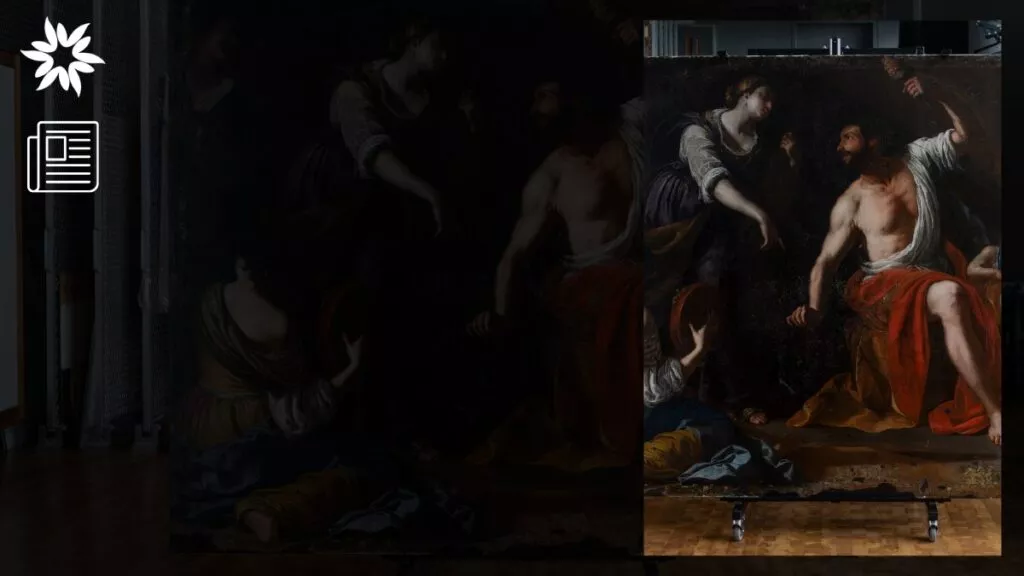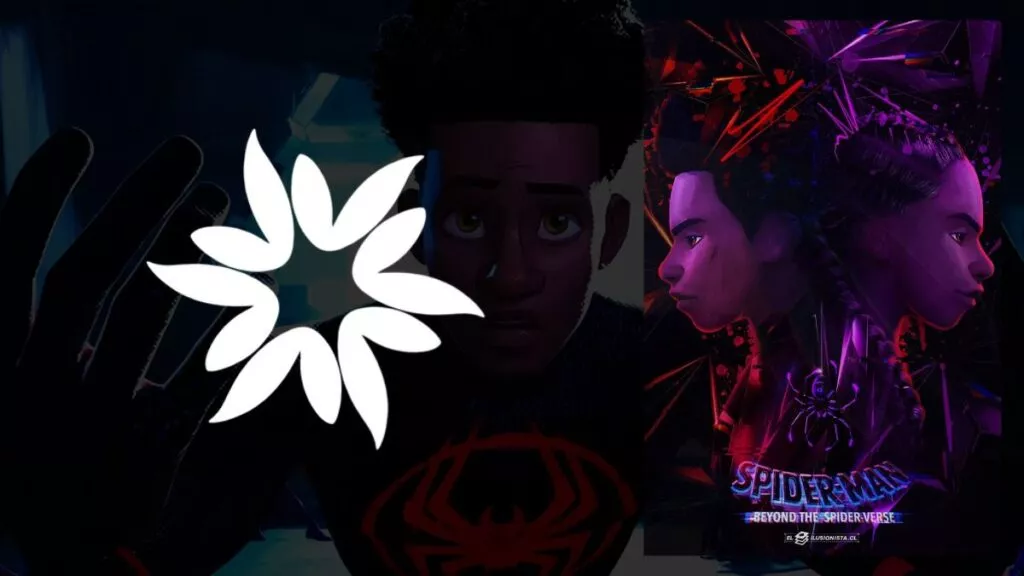You’ll be pleased to know anyone can learn drawing with a little practice and the right approach.
You don’t need special talent, just some patience and the right techniques!
This guide breaks everything down into simple, easy-to-follow steps so you can start drawing anything you want, no matter your skill level.
Key Takeaways
- Breaking down objects into simple shapes helps you create accurate and balanced drawings.
- Techniques like shading, hatching, and perspective add realism and depth to your drawings.
- Regular practice helps build muscle memory and makes drawing feel more natural over time.
1. Warm Up and Get Comfortable with Your Tools
Before you begin learning drawing, it’s helpful to do a quick warm-up to prepare your hands and mind.
Start by grabbing a pencil and making random marks—try scribbles, lines, zigzags, and different shapes. Then, play around with how hard or soft you press the pencil to see what kind of marks it makes.
Next, practice drawing simple lines and curves. And don’t worry about being perfect—this is just to get comfortable.
Try drawing circles, loops, and figure-eights, making them big or small, and notice how your hand moves. It’s effective as these warm-ups will loosen your hand and help you draw more smoothly.
2. Start with Basic Shapes to Make Things Easier
Here’s a simple trick to simplify drawing: break it down into basic shapes.
Everything you see: a person, a car, or a tree—can be simplified into circles, squares, and triangles.
Let’s say you want to draw a dog. Instead of jumping straight into the details, draw the body as an oval, the head as a circle, and the legs as rectangles.
Once these simple shapes are in place, you can start adding details. From there, this makes it easier to get the proportions right and not feel overwhelmed by the complexity.
3. Refine Your Drawing with Solid Lines, Angles, and Volume
After you’ve sketched out the basic shapes, it’s time to refine your drawing. So, look closely at your subject and see if any lines or angles need adjusting.
It’s safe to say this is when observation really matters—take your time to see what’s in front of you.
A helpful trick is to hold your pencil up and use it to measure angles or distances in what you’re drawing, then compare that to your sketch.
Once everything looks right, go over the important lines with a bit more pressure to make them more solid and defined.
4. Practice Quick Sketches to Improve Fluidity
One of the best ways to improve your drawing skills is by doing quick, loose sketches. Thus, the last thing you want to do is worry about making them perfect—focus on capturing the general shapes and movement.
When you’re ready, choose any object and draw it from different angles in short bursts.
This practice helps train your brain and hand to work together more smoothly. Over time, the more you do this, the easier drawing will feel.
To build a habit, try doing these quick sketches, even just for a few minutes each day, and you’ll start seeing big improvements.
5. Add Depth with Shading and Contrast
Now that you have the basic shapes and outlines, you can add depth by shading.
Essentially, shading helps make your drawing look more three-dimensional by showing how light hits the object.
To do this, determine where the light is coming from, then shade the areas it doesn’t reach.
As you probably know, there are different ways to shade, like using lines (hatching or cross-hatching) or dots (stippling).
So, experiment with these techniques to see what works best for your drawing.
Remember, darker areas show shadows, while lighter areas show where the light hits.
Just don’t overdo it—focus on shading key areas to make the drawing pop.
6. Try Different Mark-Making Techniques for Texture
Textures make your drawing more interesting and realistic, that’s for sure.
Therefore, think about the surface of your drawing—is it rough, smooth, furry? You can create different textures using your pencil in different ways.
For example, if you’re drawing fur or hair, you can use short, quick strokes in the direction of growth to create the desired texture.
For rough surfaces like rocks, stippling or irregular hatching works well.
Once you’ve got the basics down, experiment with your pencil, using different pressures, line lengths, and techniques to mimic the texture of your subject.
Remember, less is often more. That said, avoid overworking your drawing with too many details; instead, focus on highlighting key areas to keep your drawing balanced and visually appealing.
7. Keep Practicing and Don’t Worry About Mistakes
Of course, like any skill, practice is the key to getting better at drawing.
The best practice is to draw something every day, even if it’s just a quick sketch. Over time, you’ll get more confident, and things will feel easier.
Mistakes are part of the process, so don’t stress if your drawing isn’t perfect. Instead, learn from it and move on.
The more you draw, the more your hand and brain will get used to the process. Every mistake teaches you something, so keep going!
8. Advance Your Skills: Perspective, Shading, and Texture
Once you’re comfortable with the basics, you can start exploring more advanced techniques, such as perspective, proportions, and foreshortening.
- Perspective: This technique helps you show depth on a flat piece of paper, making things look farther away or closer. Start by practicing with a one-point or two-point perspective to draw objects in space that look more accurate.
- Proportions: Getting the right proportions is important, especially when drawing people or animals. Use simple guidelines, grids, or even a ruler to make sure the parts of your subject are the right size compared to each other.
- Foreshortening: This is when you draw objects or body parts pointing towards or away from the viewer. To get this right, break the subject into simple shapes and connect them to create the illusion of depth.
9. Play with Composition and Get Creative
Composition is where things are placed in your drawing. Good composition helps make your drawing more appealing and guides the viewer’s eye.
To help position key elements, you can use tools like the “rule of thirds,” which divides your drawing into sections.
Always aim to get creative with your drawings! Try new styles, experiment with different materials, or add unexpected elements.
As you can tell by the common theme in this article, experimentation is key—the more you explore, the more you’ll discover what works for you and develop your own unique style.
10. Continue Learning and Pushing Your Skills
Once you’ve nailed the basics, challenge yourself to learn more advanced techniques like shading in 3D, understanding light and shadow, or trying out different art styles.
Also, looking at other artists’ work can inspire you. That way, you can get an idea of the art style you want to create.
So, keep pushing your limits, and remember, there’s always something new to learn in drawing!
Learning How to Draw Takes Practice, So Keep Going!
Learning to draw anything you want is totally possible with the right mindset and techniques.
Start simple by breaking things down into shapes, practice regularly, and build up your skills over time.
And remember to focus on observation, experiment with shading and texture, and don’t be afraid to make mistakes.
As long as you keep practicing, you’ll get better, and soon, drawing will feel like second nature!








